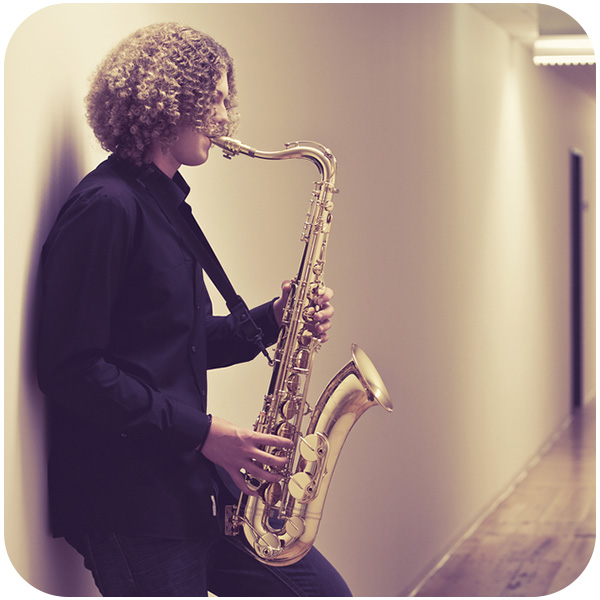
Improvise On Your Instrument Courses
Many musicians dream of being able to improvise freely and confidently on their instrument. That includes guitar players wanting a killer rock solo, jazz saxophonists needing to jam with others, pianists who want to create their own music, and many more.
Unfortunately most people don’t understand how you actually learn to improvise, and so are forever locked up in boring, fake “improvisation” based solely on scale patterns.
Let’s look at how Musical U can help you learn to truly improvise and bring the music in your head out through your instrument.
Setting a Goal
Here are some examples of goals for which Musical U members have created improvisation courses for:
Planning the Steps
The exact sequence of steps to reach these goals will vary for each particular member of Musical U, to make sure it suits their current abilities and specific interests. But here’s one example of a 5-step plan for learning to improvise:
Step 1: Start Learning Interval Recognition
To get a solid foundation for improvisation skills, begin by learning to recognise some key types of interval. This starts to refine your sense of relative pitch, essential for choosing notes when improvising. Later, there is plenty more that can be learned with a full interval recognition course.
Interval Recognition 1
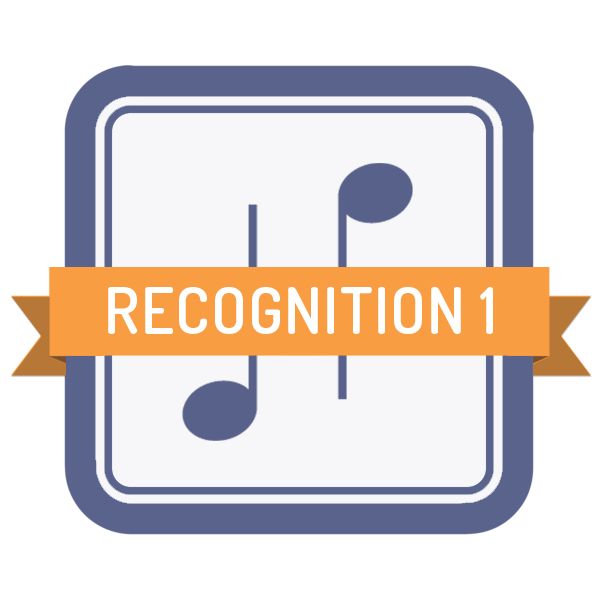 Practise recognising different types of interval by ear (part one).
Practise recognising different types of interval by ear (part one).
After completing this module: you will be able to reliably recognise half the intervals of the octave: unison, major and minor seconds and thirds, and perfect fourths and fifths.
Step 2: Learn About Chords
Most improvisation happens over a harmonic base, i.e. the chord progression of a song or the parts other people are playing along with your solo.
Whether or not you play chords on your instrument, for your improvisation to sound good you need to learn to recognise different types of chord.
Ear Expansion: Chords
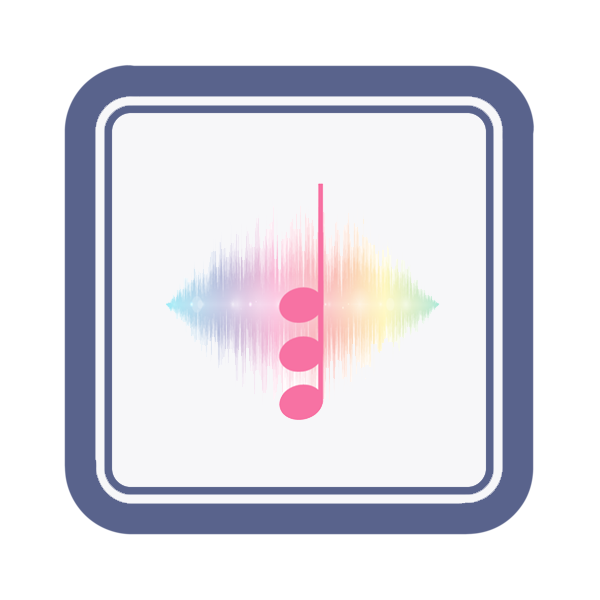 Learn all about chords and how you can improve your ears to appreciate and recognise them in music.
Learn all about chords and how you can improve your ears to appreciate and recognise them in music.
After completing this module: you will understand the different types of chord, and how learning to recognise them will help you to be more musical.
Step 3: Start Recognising Chords
To understand what chords you’re hearing in music you will extend your relative pitch skills from intervals to chords. The most important skill here is reliable recognition of major and minor chord types in real music.
Chord Recognition: Triads
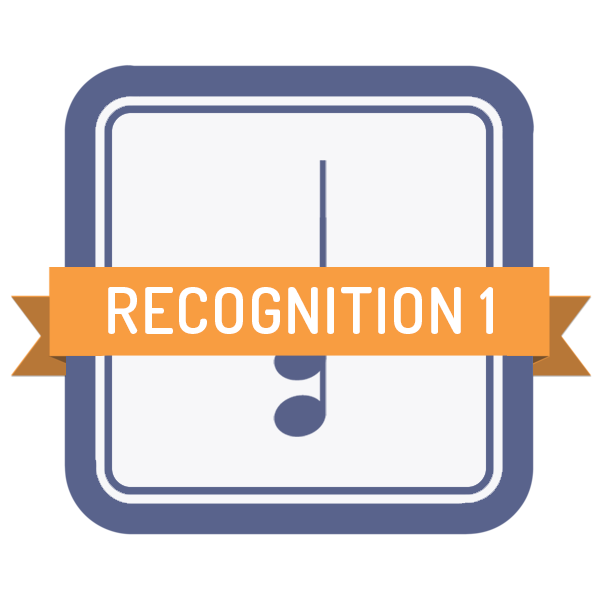 Practice recognising the four fundamental types of chord, the “triads”: (major, minor, augmented, diminished).
Practice recognising the four fundamental types of chord, the “triads”: (major, minor, augmented, diminished).
After completing this module: you will be able to reliably recognise the four types of triad chord (major, minor, augmented, diminished) in their “root” form.
Step 4: Learn About Chord Progressions
Once you can recognise major and minor chords reliably, it’s time to explore chord progressions. If you approach it the right way you can rapidly learn to easily recognise the chords in a huge range of music.
Ear Expansion: Chord Progressions
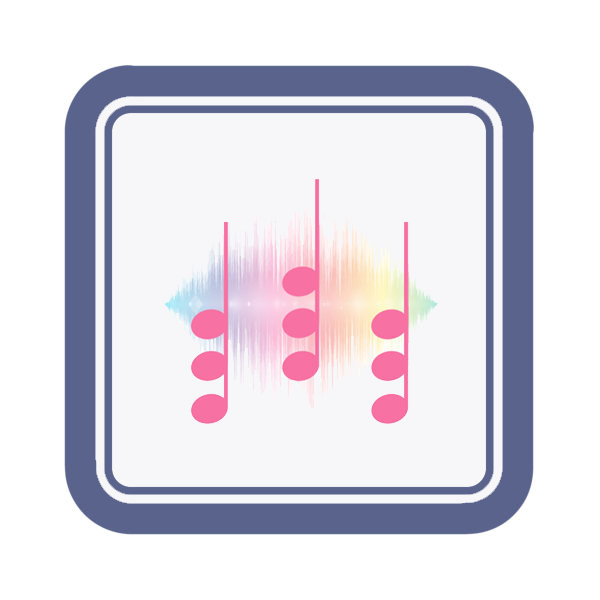 Learn all about what chord progressions are and why they’re important in music.
Learn all about what chord progressions are and why they’re important in music.
After completing this module: you will understand what chord progressions are and how learning to recognise the most common ones will help you to be more musical.
Step 5: Start Recognising Chord Progressions
Start training your ears to recognise the I, IV, V and vi chords when you hear them using this module which provides dozens of tracks to train and test yourself with, plus interactive quizzes to check your new skills. The module starts from easy examples and gradually gets more complicated.
Chord Progression Recognition
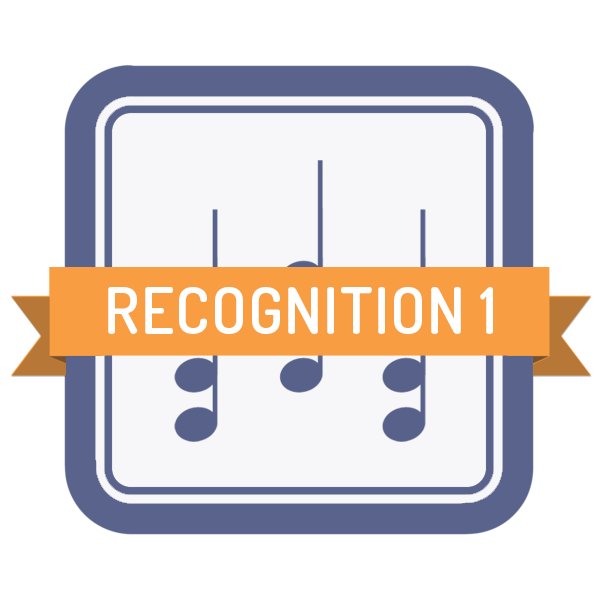 Practice recognising the most common chord progressions by ear.
Practice recognising the most common chord progressions by ear.
After completing this module: you will be able to reliably recognise the I, IV, V and vi chords in progressions.
Next Steps
This is a very brief crash course in the listening skills you need to be able to improvise. Further modules in Musical U can extend your interval recognition skills and help you apply your chord progression recognition to real music tracks across a variety of genres. You can also learn how to choose the notes which will match each chord in the progression.
The course described above will get you off to a great start – but the journey is just beginning!






